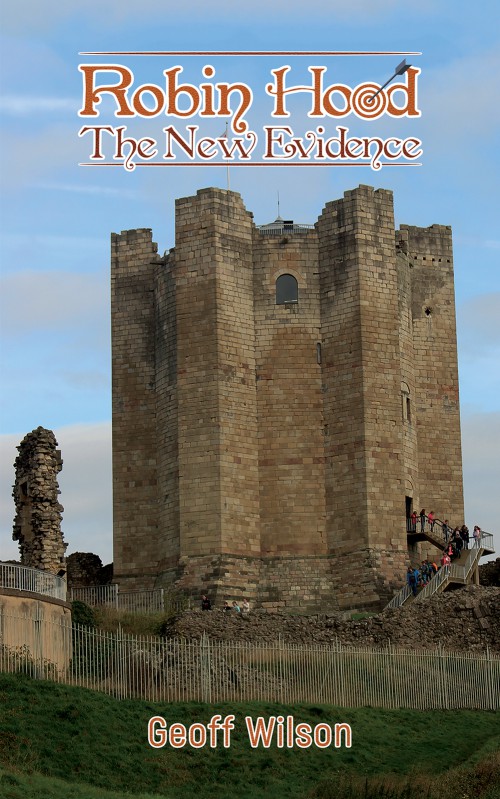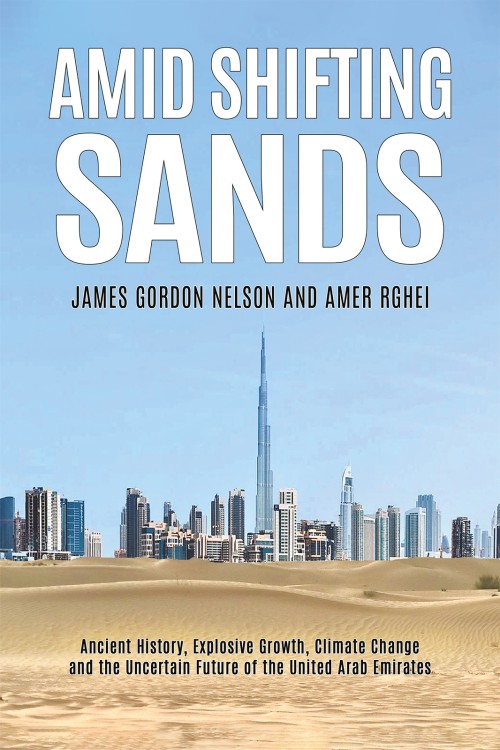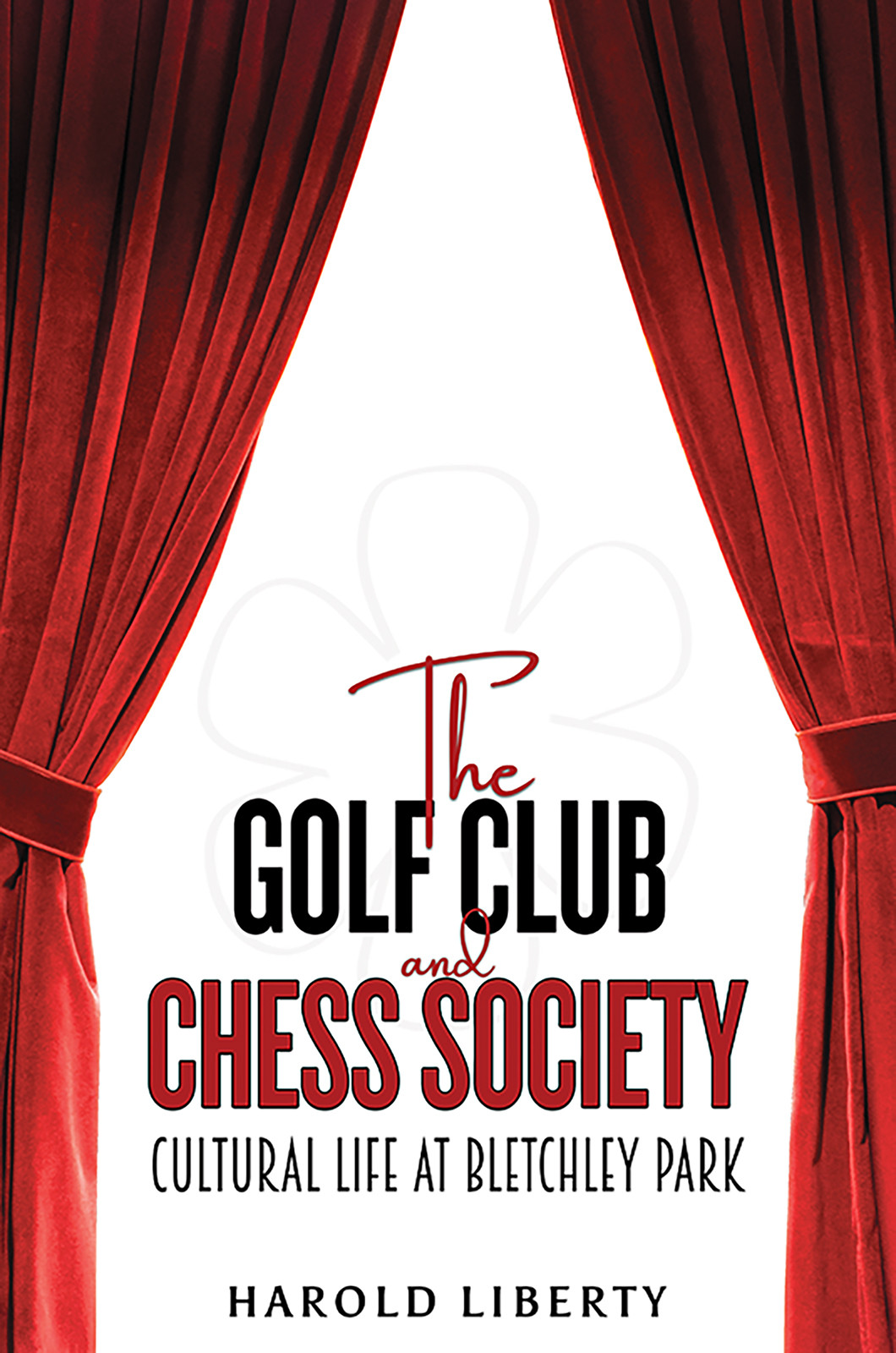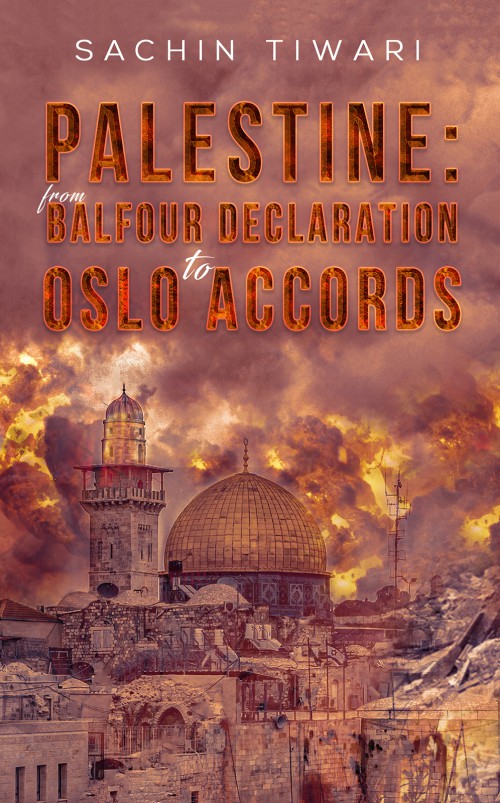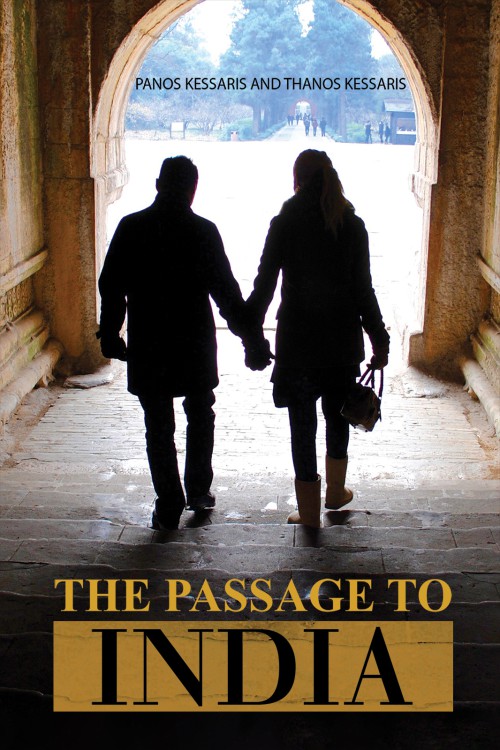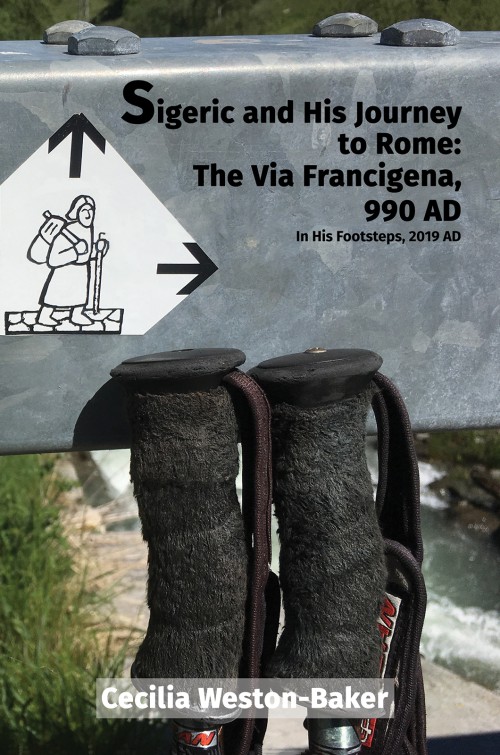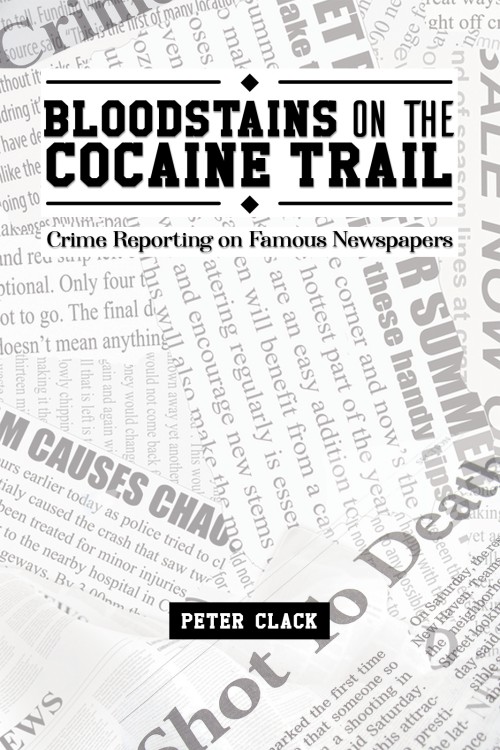JULIO RUBÉN VALDÉS MIYARES, University of Oviedo
Here is a rare volume among the many written about the most celebrated English outlaw in the course of time. Its author, a civil engineer by profession, adopts an unscholarly, down-to-earth approach that one might imagine closer to the mentality of Robin Hood himself, and quite removed from the historical and literary academia. This very English sort of empiricism is also more akin to a common-sense scientific view of the subject than the humanities usually are; and, most importantly, informed by the first-hand knowledge of someone who not just grew up watching Robin Hood movies (p. 11), like many generations, have now been, but who, like Robin Hood, “in Barnsdale stood” literally, since the author’s own home and office has “a wide view over Barnsdale” (p. 13), the wooded area which, as his book amply demonstrates, was the hero’s abode and original setting of most of his activities, rather than Sherwood Forest.
The monograph consists of seven chapters plus ancient maps and a lavish collection of photographs of the locations and buildings which are carefully described in the text. An appendix incorporates an edition of The Gest of Robin Hood, the ballad on which the geographical, cultural, and historical analysis is mostly focused. The bibliographical references are scanty and include popular
handbooks such as Simon Schama’s History of Britain or Roy Strong’s Story of Britain, and just a few of the Robin Hood monographs, particularly J. C. Postclassic history, whose views are significantly contested by Geoff Wilson. The geography, which is the most valuable aspect of this study, seems to be based on direct experience and analysis, interpretation of maps, and a couple of book son geography, Stamp’s (whose publication date is variously given as 1946 on p.12 and 1948 on p. 31) and Handle’s (2013).
Chapter 1, “The Quest”, states that the aim of the book is to search some of the “other sources” for the “scanty” information that Holt found about Robin Hood (p. 15). Wilson initially admits that “it is true that he cannot be identified as a person” (p. 16), by which he means a historical personage because the author later asserts that “he was a real, living, and well-known person” (p. 25). Wilson also asserts ironically that “the inclusion of no less than four Robin Hoods in the 2014 electoral roll for West Yorkshire is no evidence that the medieval outlaw is currently alive and well” (p. 17). However, one might add that the same can be said of the inclusion of various ‘Robinsons’ in medieval documents: they are no evidence that there was a historical Robin Hood in medieval England, as suggested by one of the influential Robin Hood books not referred to by the present one (Dobson & Taylor 1989: 12). After announcing the use of historical, topographical, and cartographic evidence to question Holt’s “accepted ‘truths’”, this introductory chapter concludes by stating that the present book is unique in paying attention to two catastrophes in relation to Robin Hood’s life: The Great Famine of 1315 and the Black Death of 1349. The references include a list of the four ancient maps to be used (Mathew Paris’s, the Gough Map, Ogilvy’s Atlas, and Jeoffrey’s Yorkshire map), and two historical Robin Hood studies besides Holt’s: Bellamy’s and Baldwin’s. Chapter 2, “Landscape”, opens impressively by claiming that Robin’s story begins in the Carboniferous period, and proceeds to explain how geological andclimbate changes shaped the area where the outlaw would live his exploits, up tithe medieval delimitation and naming of the various geographical boundaries, and beyond, to their appearance in the latest 1/25,000 Ordnance Survey Explorer Map. The author posits personal experience as a source of topographical authority: “The description of the topography given here is based on living forever forty years within three miles of Went bridge and many hours walking in the area known as Bairnsdale”. His championing of Bairnsdale comes up against widespread scepticism, for example, Knight’s (1994: 29) statement that “Barnsdale in Yorkshire, though always cited as a Robin Hood terrain, because the Gest says so, is actually a good deal less secure than many might think as the real bases of some real Robin Hood. The most locally well-advised of the historical commentators, Dobson & Taylor, says it presents ‘a baffling problem’ (1976: 20). It was never much of a forest, nor was it ever royal, as is clearly the case in the Gest”. Nor does Wilson refer to Pollard (2004), who argues that “no forest in England was an impenetrable wilderness” (2004: 58) and that, “since almost all the surviving English references to the stories of Robin Hood were by southern authors”, Robin Hood’s Stone, to which Wilson (p. 24) attaches much significance, “may equally have been named by travellers from the south, who were aware of the connection between the area and the fictional outlaw, or by locals proud of the legendary association” (2004: 64). However, a consistent picture of the Gest map begins to emerge through Wilson’s accumulation of topographical details, for example in the description of the Sayles and the nearby Castle Hill, an ancient Iron Age settlement which surely could have become a
strategic point for the outlaws (p. 28). Chapter 3, “Medieval History”, deals with the social context and historical individuals and circumstances, such as the Great Famine and subsequent rise in
the cost of living which would have “led to a corresponding increase in crime and anti-social behaviour” (p. 37), a key economic factor which indeed few studies of Robin Hood ever mention. It is when the author selects actual details that his choice might be more controversial, as he points to the Robin Hood who took part in the Earl of Lancaster rebellion against Edward II, and also links him even more specifically to a five-roomed house in Wakefield which was confiscated to one of the rebels (p. 38). All this theory about Robin’s identity is stated without taking into account any of the many controversies about such construal of facts. Finally, the chapter broaches more general topics, and therefore less controversial, such as the 14th-century religious crisis reflected in Robin’s practically exclusive robbery of clergymen. Chapter 4, “Maps and Routes”, search the oldest maps of the area for traces of the place names in the Robin Hood ballads. Therefore Chapter 5, “The Ballads”, complements the road map with the identification of specific points along with it. The author’s spirit is asserted in leaving for “experts in medieval literature to analyse them [the ballads] in detail”, and in concentrating instead on “such information as considered useful in establishing the true facts” (p. 66).
And those “true facts” are established with surprising confidence, especially in the identification of the knight whom Robin befriends, Sir Richard at the Lee, as Richard Fitz Alan, and his “fayre castell” as Jonesborough, as well as the “Summary’s” in the Gest as a Norman church dedicated to St Mary Magdalene chamisal in Bairnsdale. It is suggested that Robin and his men would have collaborated in the 14th-century reform of that church, and further argued that this is where his grave might be, and not in Kirklees as the ballad has it. Three other early ballads are very briefly considered, but they are found to scarcely add anything to the accurate geography of the Westchester 6, “Location”, is meant to expand on the facts about the already specified places, and so it does to some extent, though it tends to repeat much of what was established in the four previous chapters. For example, the ballad description of the castle says it is walled, “by the rode”, and Wilson suggests that this may be an allusion to a rood, i.e. an Anglo-Saxon cross (p. 74), which actually used to stand near the castle, and not a road like Baldwin translates (p.114), but, as Wilson admitted earlier (p. 84), the common formula might just have been added to suit the metre and rhyme with wide. Precisely this word (meaning a wooded area) is importantly distinguished from the forest, which would refer to a royal forest (as in Sherwood) even if there were scarcely any trees:” ‘forest’ in Medieval English referred tan area subject to forest laws and was into way related to vegetation” (pp. 112–113). As Wilson’s previous geological and botanical contrast between Sherwood and Bairnsdale proved, only the latter could really resemble the leafy “green wide” where the outlaws hid. Where the book becomes most hesitant is with the number of “Merry Men” in Robin’s gang. This chapter mentions they numbered “up to 300 at various times and they [the ballads] also contain accounts of his men getting married” (p. 129), which, if one also counted children, would involve a population of one thousand hiding the forest, which would defy logic. However, the concluding chapter admits that only one later ballad (“Robin Hood and the Old Man”) mentions those three hundred (p. 45), and that, indeed, any high number “presents a problem when considering Robin’s activities as a highway robber” (p. 154). The concluding chapter, “The Religious Outlaw” stresses particularly the hero’s anti-clerical stance, relating it to the famine and the religious crisis. The perceived abuses of the Church would move him to aim at taking their wealth, mostly obtained from tithes and rents, and redistribute it in the local community. It also adds some further insights and speculations. The wildest of them is the possible identification of Robin Hood with the mystic writer Richard Rolle, who led a hermit’s life at Ham pole Priory, also in the Bairnsdale area, and who died of the plague, as our hero probably did according to this book. All in all, Robin Hood – The New Evidence, is no mean contribution to the literature on the subject. As with other historical accounts of the legend, it tends to mix empiricism with imagination, but it does so in an exciting way, imbuing the old stories with new life, and dispelling some glaring mistakes of historians. But what makes it most special is its vivid local colour, as the work of an author who persuades us that he has walked the paths Robin trod, and seen the vault of a church Robin may have helped rebuild (p. 84), where he might have got married (p. 128), and then was buried (p. 89). A precious guide for whoever may wish to follow Robin Hood’s trail personally.

